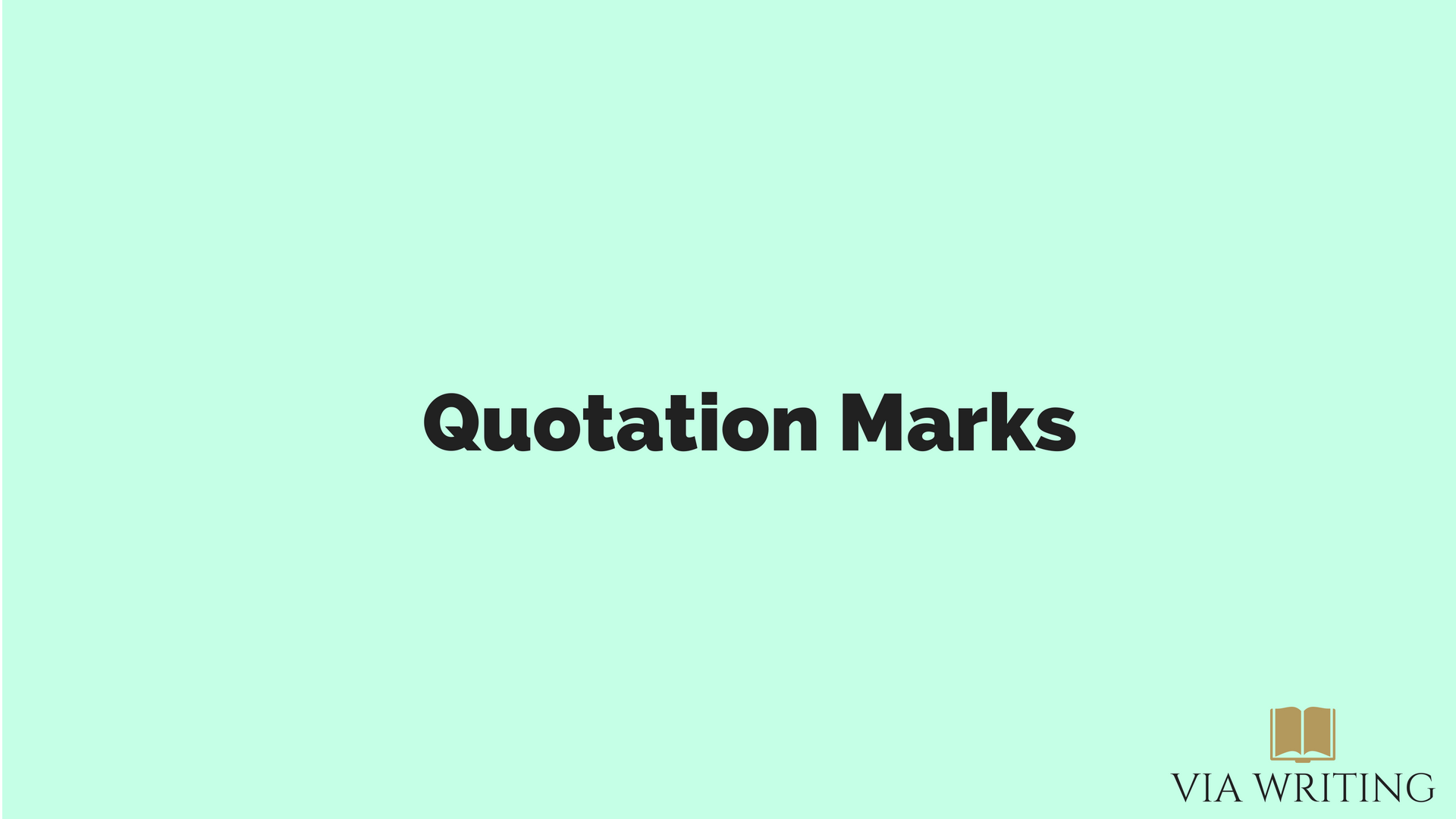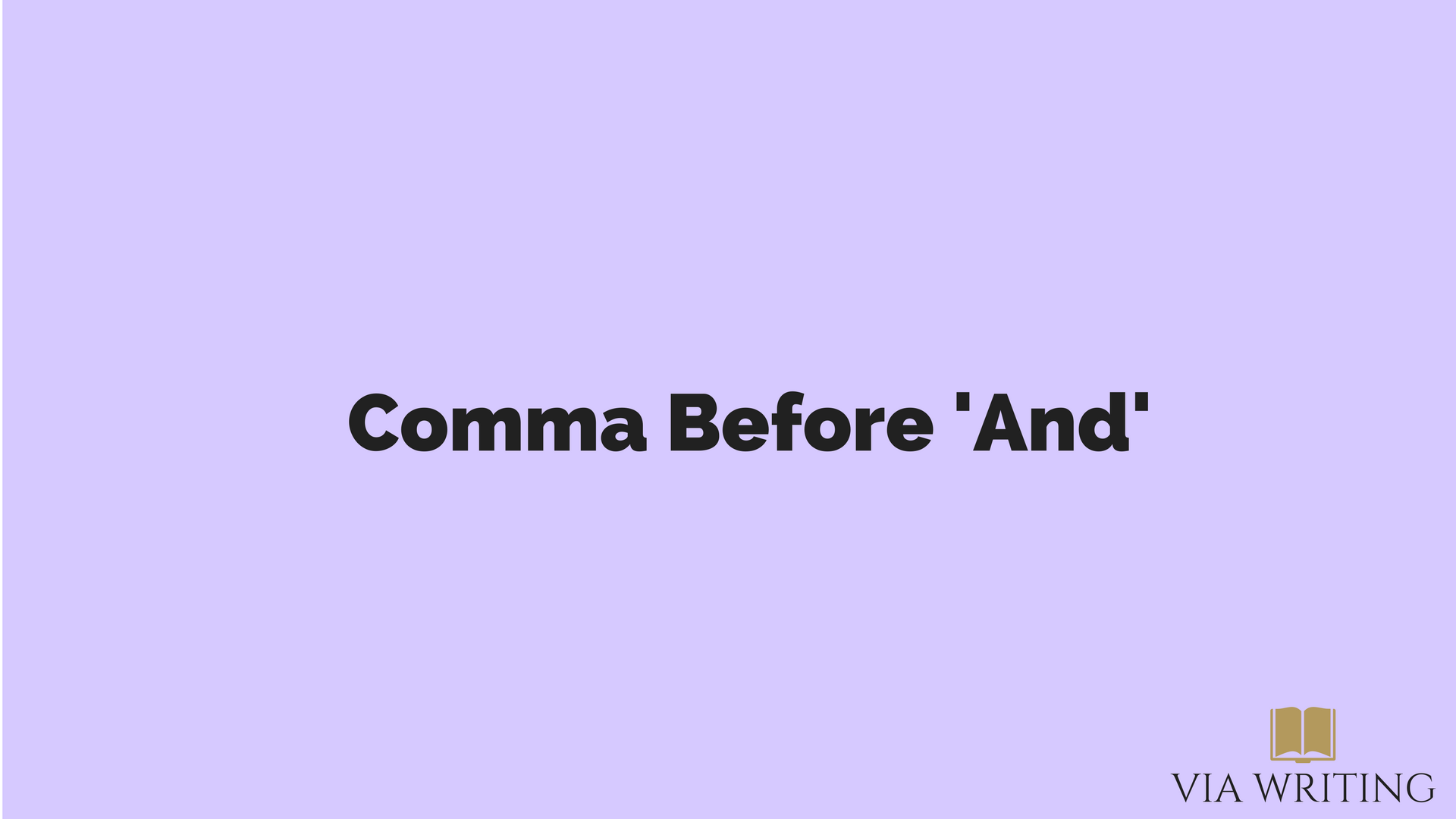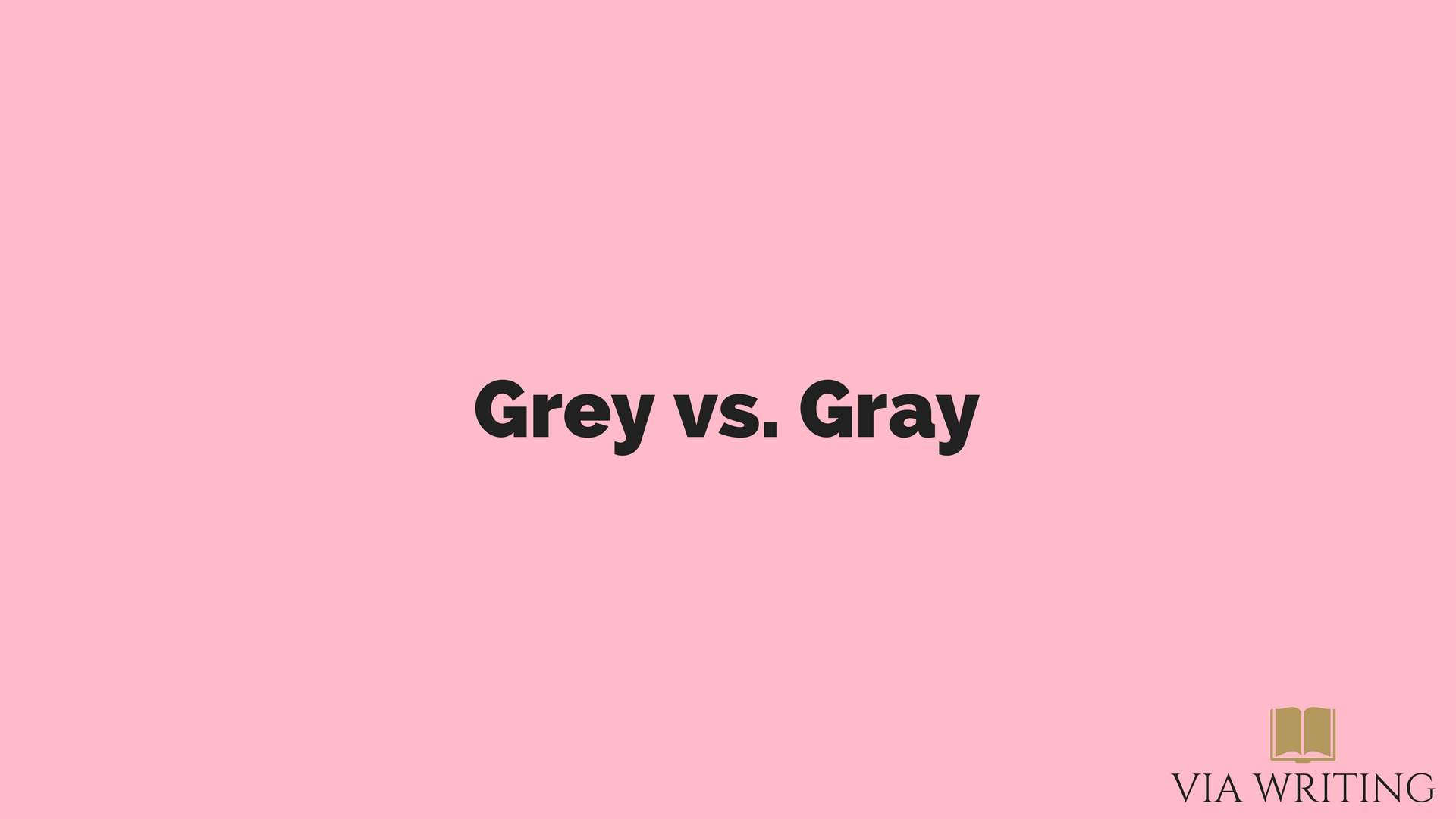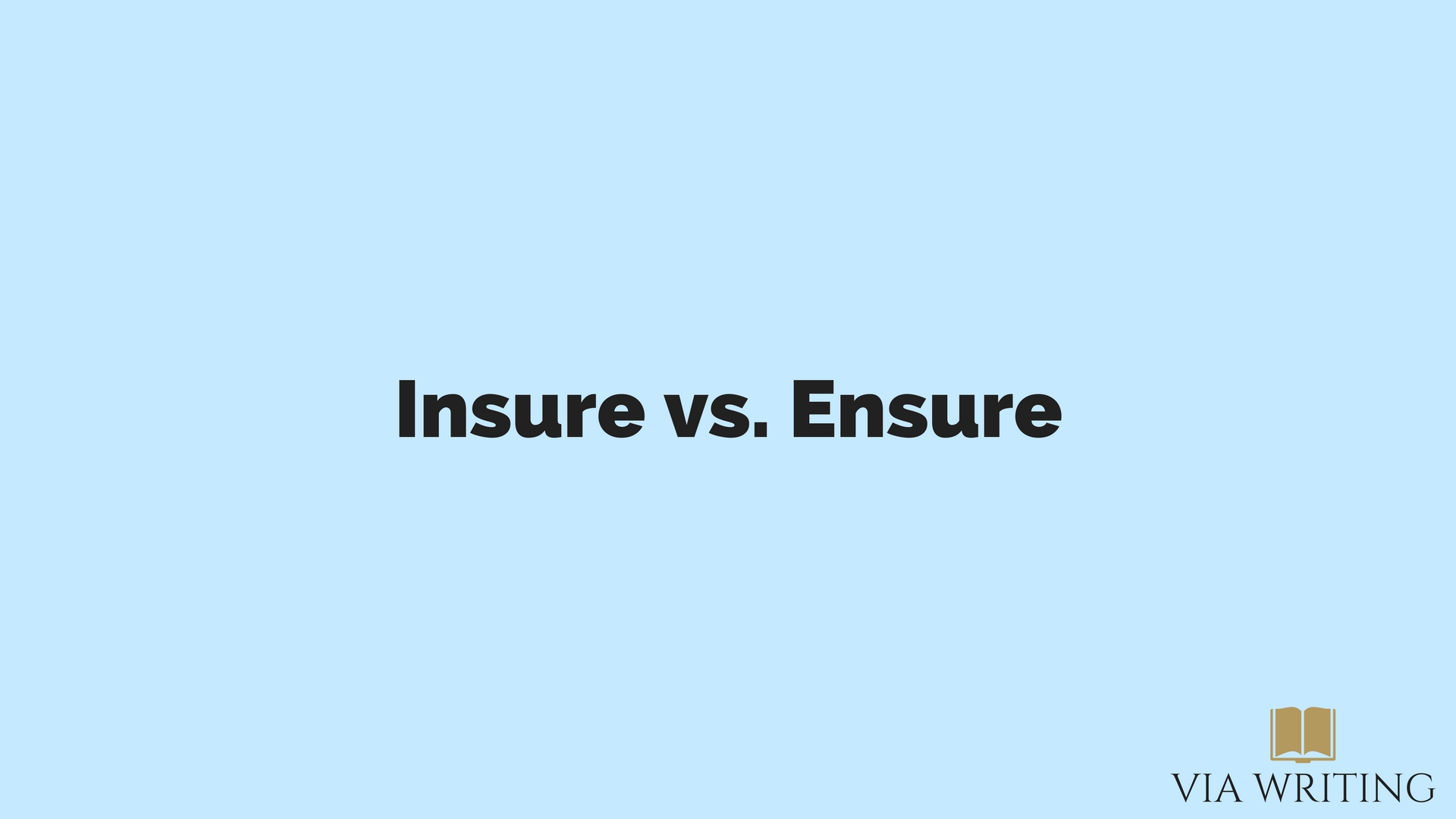The usage of quotation marks can be quite confusing. This is especially true with different countries’ rules on how they’re used. For example, the UK and US have slightly different rules that govern how they’re used. In this guide, we’re going to focus on the US rules on using quotation marks.
Quotation marks are most commonly used when you’re directly quoting what someone else has said. For example:
The chairman said “We’ll organize the meeting for next Friday.”
As you can see, this sentence uses double quotation marks to show which part is the chairman’s exact words. You’ll also notice that the first word is capitalized, even though it’s mid sentence. Finally, you’ll see that the period is placed inside the quotation marks, as it denotes the end of the chairman’s sentence.
Question marks are slightly different. If the quotation itself is a question, the question mark goes inside the quotation marks. If you’re asking a question, but the quotation isn’t a question, then it goes outside. See these examples:
She asked “Will you be coming back tomorrow?”
Do you believe the saying “All’s fair in love and war”?
Finally, there’s the usage of single quotation marks. These are most often used to denote a quotation within a quotation, like so:
My sister said, “I tried to get into the bar, but the bouncer said ‘You can’t get in without ID'”.
As you can see, quotation marks aren’t too difficult once you know how they should work. Remember, use double quotation marks for direct quotes and single ones for quotes within quotes.




